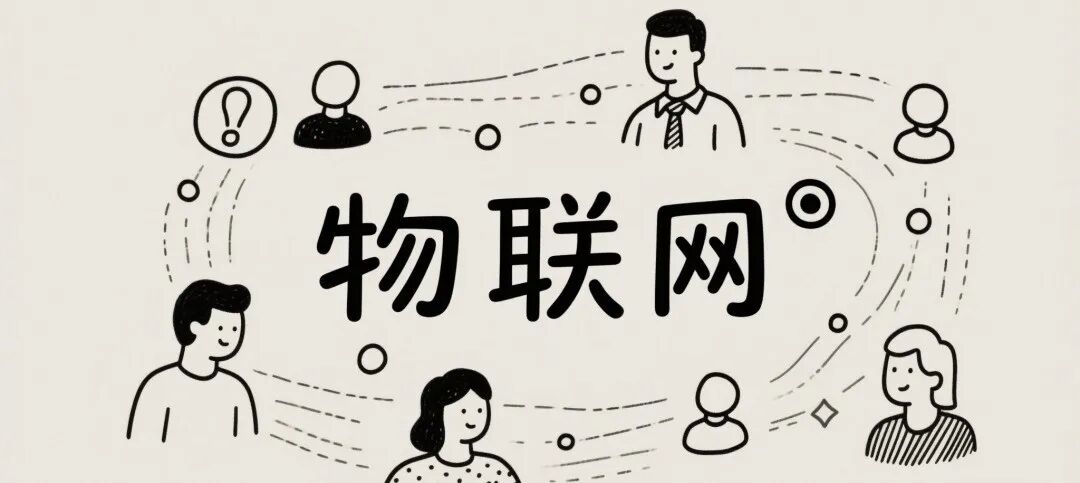Experience Consulting | Technical Services | Brand PromotionUser Research | Product Evaluation | Public Opinion Monitoring
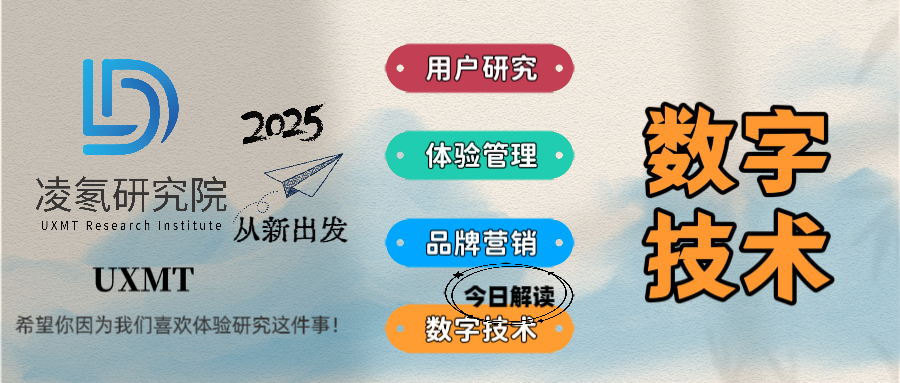
In today’s rapidly advancing technological era, the Internet of Things (IoT) is a revolutionary technology that is profoundly changing our lives, work, and the operation of society as a whole.
With its unique charm and powerful functions, it tightly connects the physical world with the digital world, ushering in a new intelligent era of connectivity.
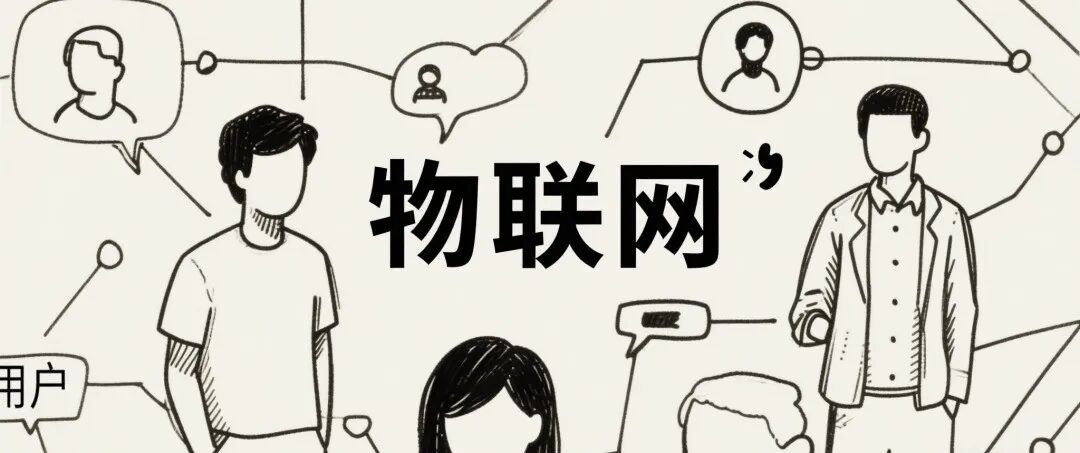
1. Core Definition of IoT
The Internet of Things, from a professional perspective, is a seamless connection of any object in the world to the Internet through a series of advanced information sensing devices, such as RFID (Radio Frequency Identification) technology and various sensors, according to pre-agreed protocols, enabling information exchange and communication between objects.
Its ultimate goal is to achieve intelligent identification, precise positioning, real-time tracking, effective monitoring, and scientific management, constructing a vast and intelligent network system.
In simple terms, the Internet of Things is like giving traditional objects “life” and “intelligence.”
It allows traditional objects to “speak,” for example, smart water meters can automatically and in real-time report water usage without manual reading, greatly improving the efficiency and accuracy of data collection.
It enables devices to “make autonomous decisions,” such as air conditioners that can automatically adjust their operating mode and temperature settings based on changes in environmental temperature and humidity, providing users with a more comfortable indoor environment while also achieving reasonable energy utilization.
It allows systems to “work collaboratively,” in modern factories, various devices can interact through the Internet of Things, automatically optimizing production processes based on production tasks and actual conditions, improving production efficiency and product quality.
2. Three Core Components of IoT
The Internet of Things mainly consists of three core parts: the perception layer, the network layer, and the application layer, each of which plays an indispensable and important role.
1. Perception Layer
As the foundation of the Internet of Things, the perception layer is primarily responsible for data collection. It can monitor and collect various key information such as temperature, location, and images in real-time. In agriculture, soil sensors can monitor parameters such as soil moisture and pH in real-time, providing important data support for precision agriculture; smart wristbands can monitor the wearer’s heart rate, sleep, and other health data in real-time, facilitating health management.2. Network Layer The main task of the network layer is to achieve efficient data transmission. It utilizes advanced communication technologies such as 5G, NB-IoT (Narrowband IoT), and LoRa (Long Range) to quickly and accurately transmit data collected by the perception layer to the application layer. For example, in shared bicycles, the built-in GPS positioning module transmits the vehicle’s location information back to the server in real-time through the network layer, making it convenient for users to find and use.3. Application Layer The application layer embodies the core value of the Internet of Things, responsible for processing data and achieving intelligent control. By analyzing and processing the data transmitted from the perception layer, the application layer can provide users with various intelligent services. Smart home apps can remotely control home lighting, appliances, and other devices, allowing users to easily manage home devices even when they are away, enhancing convenience and comfort in life.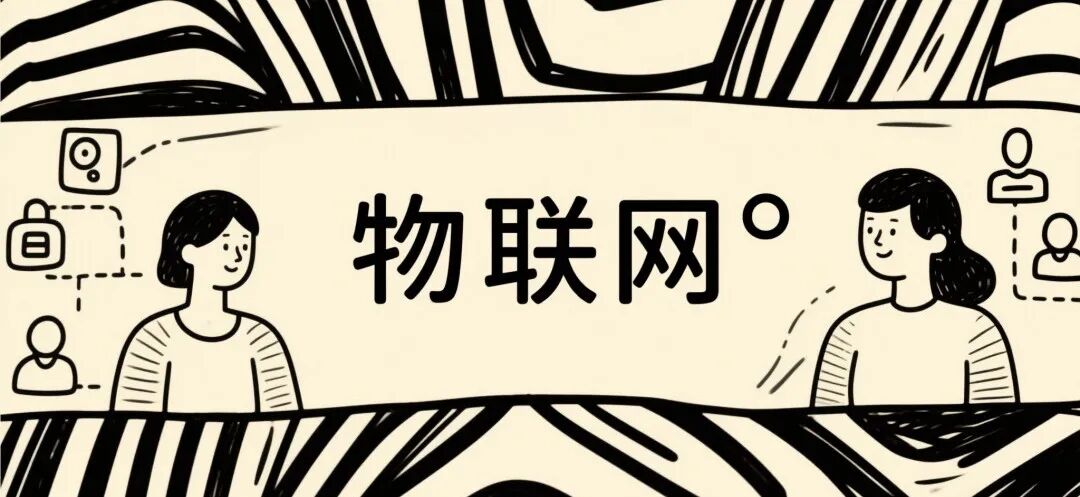
3. Typical Application Scenarios of IoT
The application scenarios of the Internet of Things are extremely broad, covering all aspects of our lives and bringing unprecedented changes and development opportunities to various fields.
1. Smart Home
In the smart home field, smart speakers have become the intelligent control center of the home. Users can control home appliances, such as turning on the TV or adjusting the air conditioning temperature, simply by using voice commands. Refrigerators have also become smarter, capable of automatically recognizing the stock of ingredients and even placing orders when certain ingredients are about to run out. The interconnection of Xiaomi ecosystem devices is a typical case, where users can achieve interconnectivity of various devices through the Xiaomi smart home platform, creating an intelligent and personalized home environment.2. Industrial Internet of Things (IIoT) The Industrial Internet of Things has brought tremendous changes to industrial production. Predictive maintenance functions can detect potential equipment failures in advance through real-time monitoring and analysis of equipment operating data, allowing for timely repairs and maintenance, thus avoiding production losses due to equipment downtime. Real-time optimization of production lines can automatically adjust production processes and parameters based on order demands and production data, improving production efficiency and product quality. SANY Heavy Industry’s “Lighthouse Factory” is a model of IIoT application, achieving intelligent, automated, and digital management of the production process through IoT technology.3. Smart City The Internet of Things plays a key role in the construction of smart cities. Smart streetlights can automatically adjust brightness based on pedestrian and vehicle flow, saving energy while improving urban lighting effects. A manhole cover displacement monitoring and warning system can monitor the status of manhole covers in real-time, immediately issuing alerts if a cover is displaced or missing, ensuring the safety of citizens’ travel. Hangzhou’s City Brain integrates various data resources of the city, achieving intelligent management of urban traffic, energy, and environmental protection, improving the operational efficiency of the city and the quality of life for residents.4. Smart Healthcare Smart healthcare leverages IoT technology to bring new development opportunities to the medical industry. Wearable devices can monitor chronic disease patients’ physical conditions, such as blood pressure and blood sugar, in real-time, transmitting this data to doctors, who can adjust treatment plans based on the data. Remote surgical guidance allows experts to provide real-time guidance and support to surgical doctors from a distance, improving the success rate of surgeries. The ECG function of the Apple Watch is a typical application of smart healthcare, helping users monitor their heart health at any time.5. Smart Agriculture In the field of smart agriculture, drone field inspections can quickly and comprehensively monitor crop growth conditions and pest occurrences, providing farmers with precise agricultural information. Automatic irrigation systems can control irrigation equipment based on soil moisture and crop water needs, achieving precise irrigation and conserving water resources. The XAG agricultural drone is a representative product of smart agriculture, achieving intelligent management of farmland through various sensors and execution devices.
4. Key Technological Support for IoT
The development of the Internet of Things relies on a series of key technologies that provide a solid foundation for its realization and application.
1. Sensing Technology
Sensing technology is one of the key technologies of the Internet of Things, including MEMS sensors (Micro-Electro-Mechanical Systems) and biosensors. MEMS sensors have advantages such as miniaturization and low power consumption, widely used in various IoT devices, such as smartwatches and smart home devices. Biosensors can be used in the biomedical field, such as blood glucose monitoring patches that can monitor blood sugar levels in real-time, providing convenience for diabetes patients.2. Communication Protocols Communication protocols are key to enabling communication between IoT devices. Short-range communication protocols such as Bluetooth Mesh and ZigBee are suitable for scenarios where devices are close together, such as communication between smart home devices. Wide-area network communication protocols such as NB-IoT and LoRaWAN are suitable for scenarios where devices are widely distributed and data transmission volumes are small, such as smart metering and environmental monitoring.3. Edge Computing Edge computing is a technology that shifts computing tasks from the cloud to the edge of devices. It enables local data processing, reducing data transmission delays and costs. In the field of autonomous driving, edge computing can process data collected by vehicle sensors in real-time, enabling real-time decision-making and control of vehicles, enhancing the safety and reliability of autonomous driving.4. Security Mechanisms Security mechanisms are crucial for ensuring the safe operation of the Internet of Things. Device identity authentication ensures that only legitimate devices can access the IoT network, preventing unauthorized device intrusion. Data encryption transmission protects the security of data during transmission, preventing data from being stolen or tampered with.
5. Current Challenges of IoT
Despite the enormous development potential of the Internet of Things, it also faces several challenges during its development.
1. Security Risks
The increase in IoT devices has also led to an increase in security risks. Devices such as cameras may be hacked, leading to user privacy breaches. The 2016 Mirai virus attack on IoT devices is a typical security case, where the virus exploited vulnerabilities in IoT devices to control a large number of devices, posing a serious threat to network security.2. Standard Fragmentation Currently, there is a problem of non-interoperability among various brand protocols in the IoT field, making it difficult for different smart home ecosystems to interconnect, which brings inconvenience to users and limits the development of IoT.3. Energy Consumption Issues In some remote areas, the energy consumption of IoT devices has become a challenge. Due to limited power supply in these areas, the endurance of devices becomes critical. How to improve energy utilization efficiency and extend device endurance time is a problem that needs to be solved.4. Data Privacy As the amount of data collected by IoT devices increases, data privacy issues are becoming increasingly prominent. The ownership and use of sensitive information such as health data collected by wearable devices need to be properly addressed to protect users’ privacy rights.
6. Future Trends of IoT
Despite facing some challenges, the future development prospects of the Internet of Things remain broad. Here are some future trends of IoT:
1. AIoT Integration
The integration of artificial intelligence and the Internet of Things (AIoT) will become a future development trend. Smart cameras can use AI technology to automatically recognize crowd density, providing decision support for urban management and business operations.2. 5G Empowerment The high speed and low latency characteristics of 5G technology will provide strong support for the development of IoT. In the industrial field, 5G can enable industrial AR remote maintenance, allowing experts to guide on-site maintenance personnel in real-time using AR technology, improving maintenance efficiency and quality.3. Digital Twin Digital twin refers to creating a virtual model corresponding to physical objects or systems in the virtual world and achieving real-time interaction. Through digital twin technology, enterprises can perform virtual simulation and optimization of equipment, improving production efficiency and product quality.4. Sustainable Development As people pay more attention to environmental protection, the Internet of Things will play an increasingly important role in sustainable development. Solar-powered IoT devices can be used for environmental monitoring, providing data support for environmental protection by monitoring environmental data in real-time.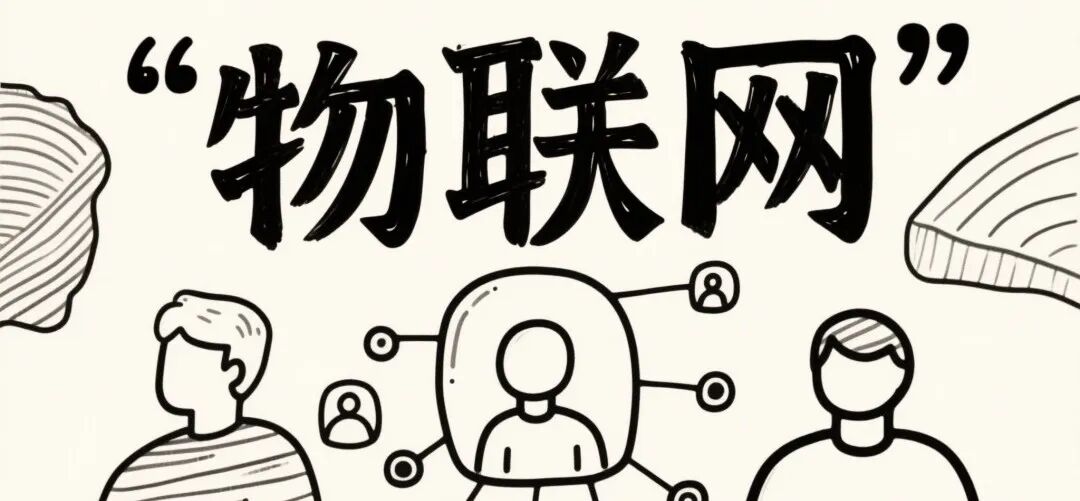 7. Action Recommendations1. Start from specific scenarios: When planning IoT, enterprises can start from their business needs, selecting specific application scenarios, such as remote device monitoring, to gradually promote the application and development of IoT.2. Prioritize open protocol systems: To avoid issues caused by standard fragmentation, enterprises should prioritize open protocol systems to ensure interoperability and compatibility between devices.3. Build end-to-end security protection: Security is key to the development of IoT; enterprises should build an end-to-end security protection system, ensuring the safe operation of IoT from device identity authentication to data encryption transmission.
7. Action Recommendations1. Start from specific scenarios: When planning IoT, enterprises can start from their business needs, selecting specific application scenarios, such as remote device monitoring, to gradually promote the application and development of IoT.2. Prioritize open protocol systems: To avoid issues caused by standard fragmentation, enterprises should prioritize open protocol systems to ensure interoperability and compatibility between devices.3. Build end-to-end security protection: Security is key to the development of IoT; enterprises should build an end-to-end security protection system, ensuring the safe operation of IoT from device identity authentication to data encryption transmission.
Conclusion
The Internet of Things is powerfully transforming the physical world into a programmable digital system; its value lies not only in connecting devices but also in reconstructing business logic and social operation modes through intelligent data.
With the continuous development of technologies such as 5G and AI, the Internet of Things will enter a new stage of “proactive intelligence,” bringing more surprises and changes to our lives and society.
However, we must also be aware that the Internet of Things faces key issues such as security and standards during its development, which require our collective efforts to address.
For enterprises, now is a critical window period for laying out the Internet of Things and building future competitiveness.
▼Previous Highlights▼ How the Experience Economy is Changing Our Lives? Four Essential User Research Methods for Private Domains! Analysis of the Directory of “Experience Governance”!


(Providing brand reputation maintenance, channel marketing, encyclopedia creation, and other brand marketing solutions)
SAVE ELECTRICITY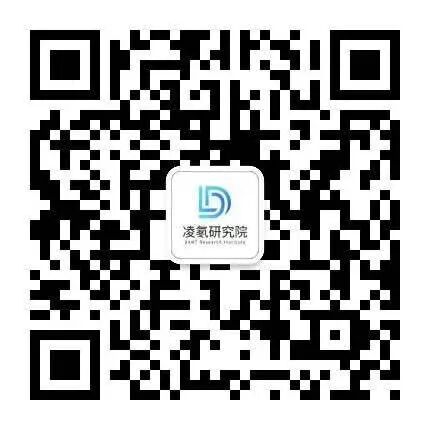 Lingdong Research Institute
Lingdong Research Institute
Research with a purpose, quality is essential
Building an exceptional user experience together!
